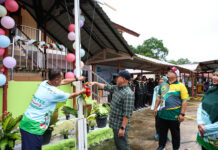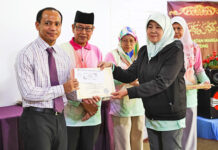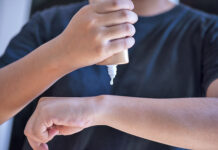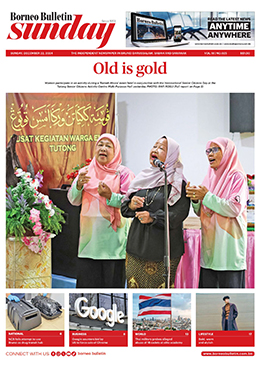ANN/THE STAR – Decades ago, there was a scarcity of children’s picture books with Malaysian content. One notable exception was Hikayat Sang Kancil, which narrated the cunning escapades of a small deer navigating challenges posed by larger forest animals.
The popularity of Sang Kancil even extended to TV shows and cassette recordings, enticing kids to delve into these tales.
Over the past decade, there has been a remarkable transformation in the realm of picture books, as illustrators and authors have united to create captivating reading materials that introduce children to the joy of reading while celebrating their cultural heritage.
Lim Lay Har’s Atuk’s Amazing Sarong serves as a prime example of how a simple cultural tradition can be skilfully transformed into an amusing and heartwarming book. This delightful story revolves around Adik, a young boy who turns his grandfather’s kain pelikat into a versatile cape or tent, embarking on imaginative and humourous adventures that resonate with most children.
Author and illustrator Lim Lay Koon, who is Lay Har’s sister, said writing on themes that are relevant culturally and socially makes stories more genuine and heartfelt.
“Because I have experienced or been exposed to these cultures, I am not detached from the subject. I have opinions and emotions, so I am much more engaged in the narrative,” she said.
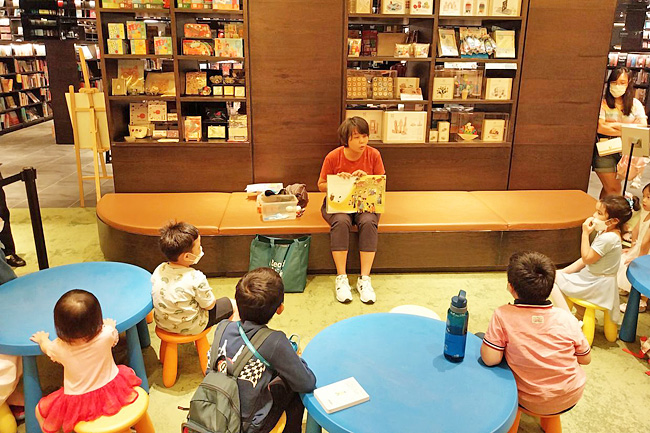
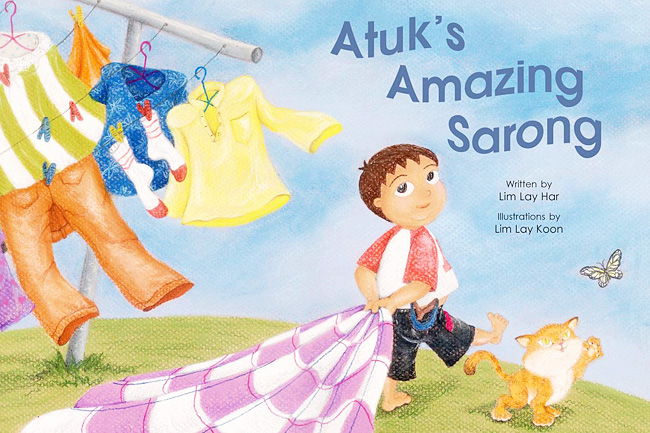
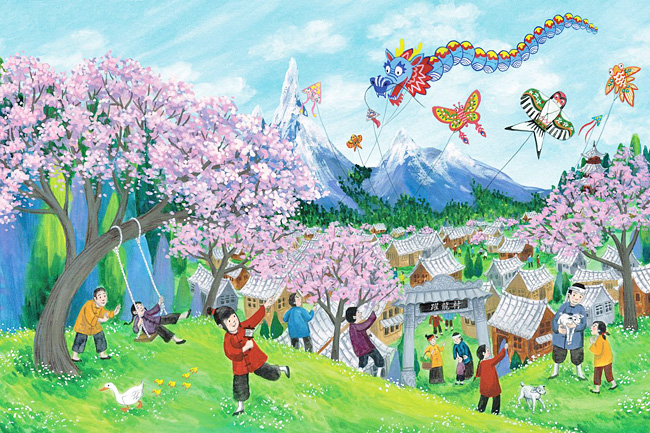
She added that there are many interesting books from other countries which are engaging to Malaysians because of their universal themes of family, friendships and relationship with nature.
“While all these are very relatable, what is missing is the cultural and social norms that is unique to Malaysians and their heritage which might influence the characters’ actions and reactions,” she said.
Lay Koon’s new picture book, Xin & The Blue Dragon of Spring is about a little girl who wakes up the Blue Dragon of Spring who is fast asleep and is late to take his place in the sky, resulting in Spring being late.
“Due to my heritage, I was aware that in ancient Chinese astronomy, there are four Divine Beasts that appear in the constellations, representing the four seasons and cardinal directions.
“Having stories about Malaysians or based in Malaysia, and taking into consideration the environment we are in, our customs, conventions and way of life could definitely make an interesting story more real to a young Malaysian reader,” she added.
Linda Tan Lingard, a publisher who runs Museum of Picture Book Art in GMBB along Jalan Robertson in Kuala Lumpur, agrees that having books written on local topics can encourage kids to read.
“With a relatable storyline, children can identify with the stories. They can also see themselves as the protagonist and it makes sense and is relevant to them. When the story landscape is familiar, they are more likely to appreciate it,” she said.
“Some children are naturally drawn to books, but not all. And since reading is a good habit to cultivate, they need to be encouraged to read and local picture books are a good start. Parents should regularly read to their children to expose them to story books and to promote literacy,” she added.
Lingard also said that for young children, books can also cultivate empathy as they are exposed to different stories. However, Lay Koon said as an author, her task is to tell a story and embed values in it, instead of spelling out moral lessons.
“I try to convey the protagonist’s experience or journey to my readers, to show them the decisions the protagonist makes and the outcome of these decisions. My readers can then determine for themselves whether they agree with the decision or outcome,” she said.
“Children’s books should not be preachy and children shouldn’t be talked down to,” she added.
FOLKTALES AND FOOD
Content aside, Lingard said it is crucial to inculcate a reading habit among children first; and this is something that should start at home.
“Reading has to be a family affair, whether it is going to bookstores, or seeing parents read. When it comes to parenting, nothing beats modelling good habits to get children to follow,” Lingard said.
“Making sure that there are always books around at home and participating in storytelling and other book-related activities are also some things parents can consider to inculcate a reading habit,” she added.
Lecturer Dr Wan Nur Madiha Ramlan, 37, makes it a point to read to her five-year-old daughter, Lily. In fact, she had started reading to the little one when she was a toddler.
She also thinks localised content could interest more kids to read.
“Stories about local folktales as well as about our food and culture will interest them, especially when the accompanying images are great. Kids are very visual and they find visually stimulating books interesting. This will pique their interest to read,” she said.
She said she would like to see more books on other cultures, feelings and manners, bodily autonomy and privacy, and also STEAM-based books (science, technology, engineering, arts and math) that represent local people and cultures.
“Equally important with the rise of local children’s books is improved accessibility to them by having more community libraries. This will ensure children, from all walks of life, can enjoy them,” she said.
Lay Koon doubts that locally themed stories would, in itself, encourage young Malaysians to read if they aren’t already interested to read a diverse range of books.
“While I do believe it makes a difference to have locally-themed stories as part of the selection, incorporating reading as part of life will need the involvement of parents, teachers and peers.”
She said it always helps when parents can put aside time for storytelling and to read to or with their children.
“Parents who are readers themselves are one of the best influences to get children reading.
“If parents love to read and their home is always filled with books, it is much more likely that reading will become the child’s lifelong habit.”
MOTHER TO CHILD
Dr Wan Nur Madiha said as a bookworm herself, she often reads to her daughter because she believes reading can help develop her daughter’s imagination, creativity and language skills.
“Reading to my daughter will also help in terms of being present as a parent, despite my busy schedule. In a way, we’re teaching her that reading can be both a solitary and group activity and that reading is also fun,” she added.
She said she and her husband will make sure they read to her often.
Initially, they choose fairytales but gradually they have started letting their daughter choose what she wants to read.
“Often, she would buy books with Disney stories, but other times she would buy books about animals, plants and space. We let her choose her own books so she can grow into her own as a reader,” Dr Wan Nur Madiha said.
Lay Koon also encourages parents to put some thought into the selection of books for their young children.
“There are so many beautiful picture books out there with amazing art and well-written text. Picture books have many complex themes that help children learn and explore the world – books on loss of family members, books on dealing with emotions like anger and shame, books on racial discrimination,” she said.
“When children get older, introduce them to a variety of authors – Roald Dahl, Kate DiCamillo, Rebecca Stead, Linda Sue Park – and different genres like biographies, historical fiction, fantasy and slice of life.
“Eventually, they will discover the type of stories and authors they love,” she concluded. – Syida Lizta Amirul Ihsan

